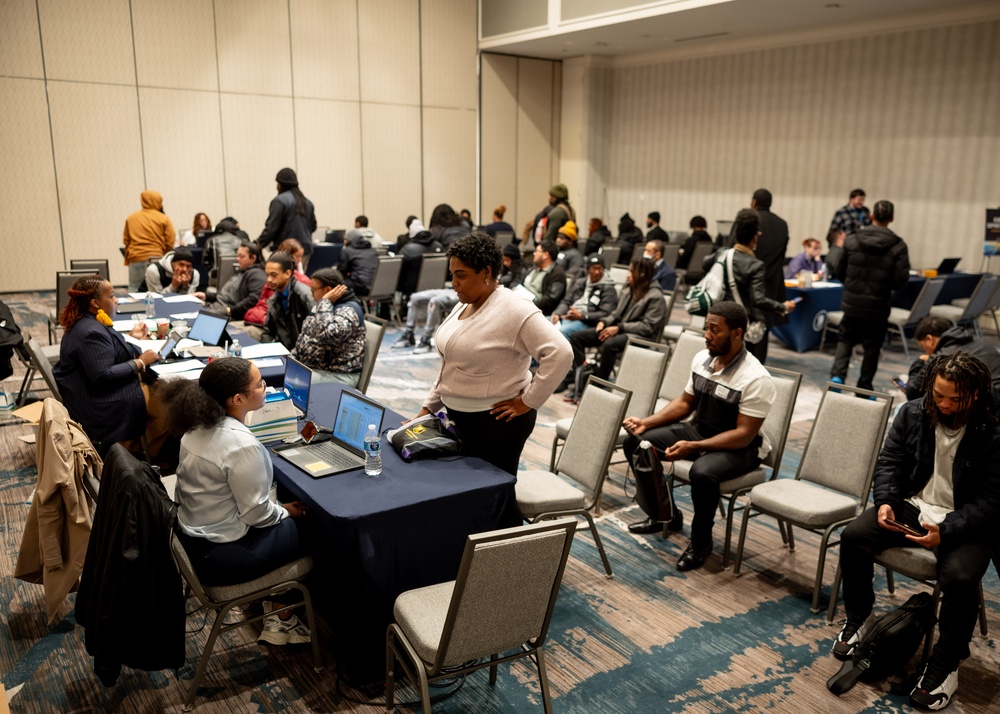DVIDS – News – ENDEX: CENTAM Guardian 24 Phase II
Opening the ceremony was U.S. Army Lt. Col. Innis Bryant, the CENTAM Guardian 24 Exercise Director from U.S. Southern Command.
“The participation of military and civilian personnel from Costa Rica, El Salvador, Honduras, Guatemala, Dominican Republic, Panama, Colombia and the United States is a testament to the spirit of cooperation and mutual support, which is crucial for regional resilience and security,” said Bryant. “Together, we have achieved significant milestones in our collective efforts.”
CG24 Phase II employed civil-military relations in support of a simulated Humanitarian Aid and Disaster Response scenario.
The first week of the exercise focused on over 40 different academic presentations from various organizations to gain familiarity with terms and procedures, train participants on different techniques, demonstrate capabilities and provide a venue for relationship-building before they were tested on their skills.
The second week was the field training exercise, where the knowledge gained during the first week was tested on the HA/DR scenario, which was a simulated 6.4 earthquake happening near San Jose.
USSOUTHCOM, in coordination with the Pacific Disaster Center and U.S. Agency for International Development’s Bureau for Humanitarian Assistance, led the delivery of injects for the scenario events and monitored the progress of participants throughout the entire exercise.
For CG24 Phase II, the U.S. military units participating were Joint Task Force-Bravo, 7th Special Forces Group (Airborne), 1st Security Force Assistance Brigade, Marine Corps Forces South, 12th Air Force (Air Forces Southern Command), Army South, U.S. Army Reserve’s 1st Mission Support Command and the 321st Civil Affairs Brigade.
Joint Task Force-Bravo, stationed at Soto Cano Air Base in Honduras, provided capabilities, such as the USSOUTHCOM-Situational Assessment Team, tactical survey drones and the 1st Battalion, 228th Aviation Regiment’s helicopter assets.
During a HA/DR event in Central America, the S-SAT can quickly react and deploy a team of experts that provide an immediate assessment of conditions and the unique requirements needed to support USAID/BHA.
The S-SAT capabilities were tested in Costa Rica by establishing a mission command using Starshield, a military satellite communication service, and launching the eBee TAC, a tactical survey drone capable of mapping areas using geospatial imagery. This mapping is an important tool in migrating landslide impacts on emergency services trying to respond to an affected community.
Another capability that can assist affected areas are the 1-228th AR’s helicopters. The Costa Rica Center of National Emergencies worked with the 1-228th AR’s UH-60L Black Hawk crews to transport radio repair technicians to various communications sites that would have been otherwise inaccessible for local emergency services.
The medical portion of the exercise started with the rapid setup of a field hospital at the Olympic Village recreational area, where they treated more than 90 simulated patients with a variety of injures over the course of the second week.
The 355th Medical Group stationed at Davis-Monthan Air Force Base, Arizona, alongside Costa Rican, Panamanian and other medical professionals observed and applied more than 15 Comprehensive Medical Readiness Program skillsets including expeditionary patient administration, thermal injuries, trauma assessment and mishap response.
At Costa Rica’s National Fire Academy, firefighters and search and rescue teams were put to the test during a variety of courses, simulations and trainings.
The 1st Mission Support Command Urban Search and Rescue Detachment, U.S. Army Reserve in Puerto Rico, with the Costa Rican US&R team trained together on rescue courses, such as rope rappelling, a collapse structure, hazardous environments and confined spaces.
Simultaneously, the 379th Firefighter Detachment, a Pascagoula, Mississippi-based detachment, and Costa Rican firefighters practiced on fire hose operations, live-fire simulations, zero-visibility confidence courses and finally, integrated with the US&R teams on rescue operations.
At the Tactical Response Service Training Compound, the 7th Special Forces Group (Airborne) worked with representatives from the Costa Rican Special Tactical Response Service, U.S. Drug Enforcement Administration, Costa Rican Judicial Investigation Agency, FBI Honduras Transnational Anti-Gang vetted team, FBI Guatemala Transnational Organized Crime vetted team, Costa Rican Special Intervention Unit, Costa Rican Special support Unit and Costa Rican Special Support Brigade on advanced combat marksmanship, advanced urban combat, prolong medical field care, basic mountaineering, nonlethal apprehending tactics and K-9 medical training.
Large Scale Global Exercises like CG24 demonstrate the United States’ dedication to its security commitments with our Allies and partner nations across the globe.
“As we close this ceremony let us carry forward the lessons we have learned, the friendships we have forged and the commitment to working together — to make a positive impact on the lives of those in need,” said U.S. Coast Guard Commander Juan Carlos Avila, U.S. Embassy Costa Rica’s Senior Defense Official, during closing remarks.

 Private Internet Access gives you unparalleled access to thousands
of next-gen servers in over 83 countries and each US state. Your
VPN experience will always be fast, smooth, and reliable.
Private Internet Access gives you unparalleled access to thousands
of next-gen servers in over 83 countries and each US state. Your
VPN experience will always be fast, smooth, and reliable.![DVIDS – Images – USS McFaul Mardi Gras 2025 [Image 16 of 16] DVIDS – Images – USS McFaul Mardi Gras 2025 [Image 16 of 16]](https://101veterans.com/wp-content/uploads/2025/03/1740813354_1000w_q95.jpg)

